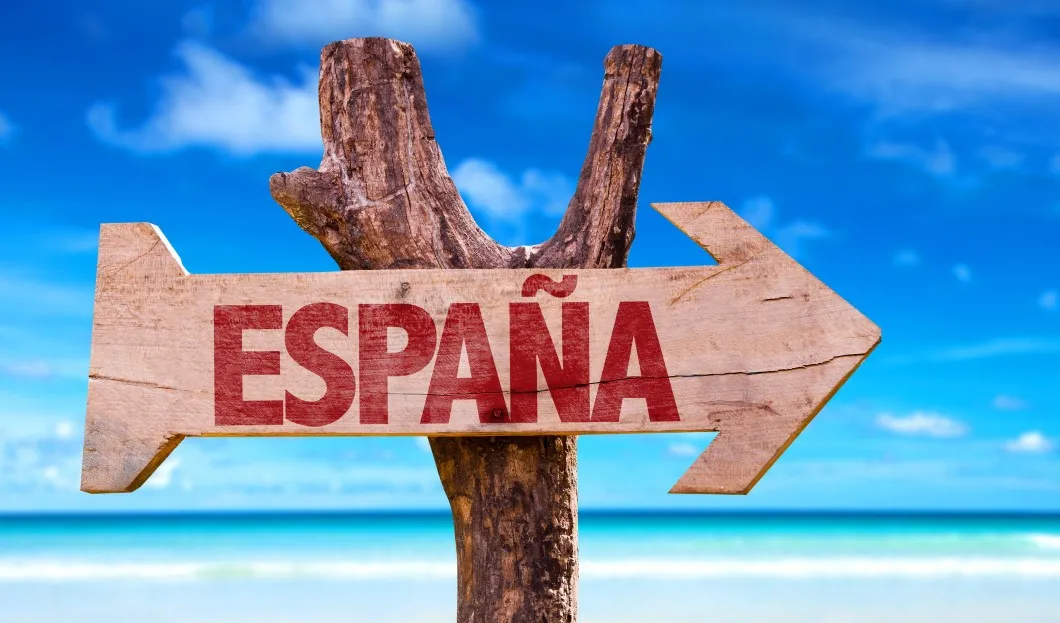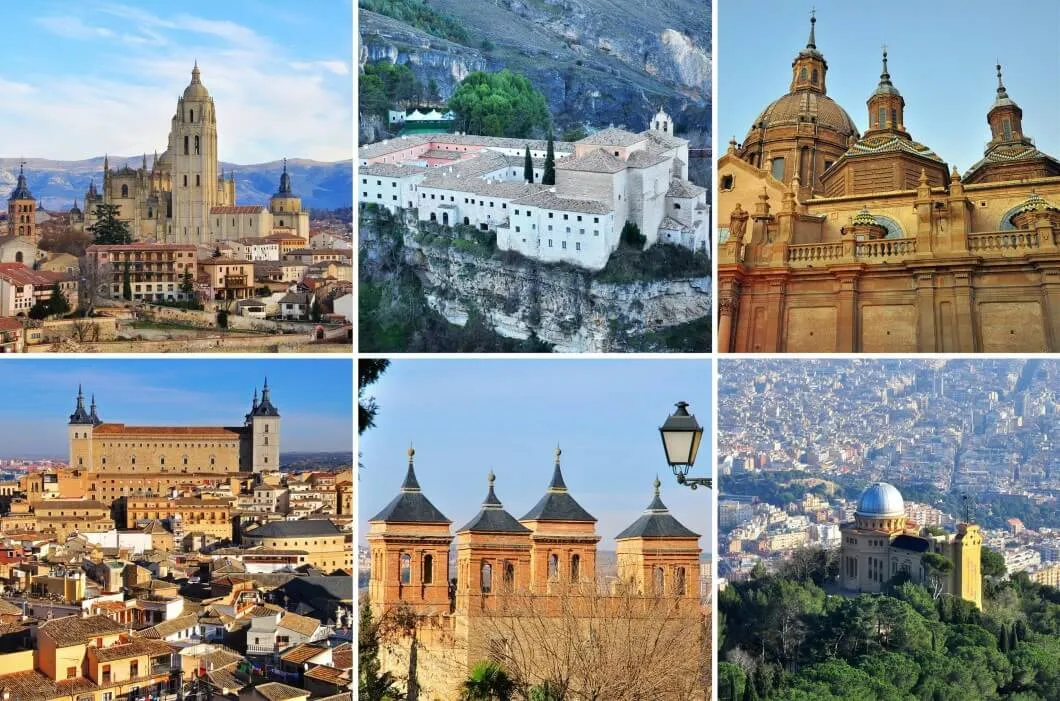
Tourism industry is the sector that happens to be the first one in Spain. Tourism, by itself only represents 11% of the P.I.B., a figure that would reach 20% if its impact on the rest of the economy is taken into account. Spanish tourism represents 15% of direct jobs and almost 25% of the indirect jobs. In some communities such as the Canary Islands, these figures amount to 35% of P.I.B. and 40% of employment. In comparative terms, Canary depends on tourism as much as Kuwait on oil.
Spanish tourism needs reorganization. The tourist model created between the 60s and 70s has become obsolete. It was based on the sun and beach services. However, it resulted in low prices, mass tourism, mammoth constructions on the coast, and the conversion of the society from an agrarian and industrial structure to services.
Today many continue to celebrate the unstoppable figures that narrate the increase in Spanish tourism, but the consequences of the model are already palpable: Environmental devastation, overcrowding, higher housing prices, touristification of historic centers, job insecurity, and permanent seasonality of work. Not to mention the saturation of necessary infrastructures such as water, electricity and hospital care.
It is time to say explicitly that this tourism model that has brought such significant benefits to the country has now become a burden to all the locals. Motorways, high-speed railways, doctors, desalinators, not to mention unemployment benefits to which workers are chronically forced to resort because of the labor model, all of this is borne by taxpayers. The successful figures offered by the government and the media rarely pay attention to these unpaid accounts.
It seems surprising that in the case of the first Spanish industry, both regarding turnover and jobs, there is no articulated discourse. There are of course critical voices; we could even say that there is a hyperinflation of works against tourism. The hypercritical sociological analyzes rightly point out many of the problems but do not propose any solution. Spanish tourism lacks a critical, structured analysis focused on the productive proposal.
Tourism is an economic sector created by the State at the expense of the taxpayers. It is an economic sector planned and directed by the public sector, although managed by private actors. So far it has followed an extractive production model, similar to that of the oil industries: a company, with participation of the state and the private sector, conducts prospects, raises an industry, and extracts resources that generate an enormous surplus value. This is appropriate by private agents that do not revert to the public benefit.
An industry that by its design and nature is unsustainable, leading irremissibly to poverty in the long-term. It is necessary to abandon this extractivist model and move to a productive and redistributive model. The question that remains in the air is the simplest to pose and the most complex to answer: How to do it?
First of all, it is necessary to consider the objectives of the Spanish tourism industry. As an economic sector run by the public sector, it must respond to the general interest, to the common benefit. Therefore, measures must be taken that adjust the current model of exclusive benefits to common benefits. The industry must take into account the negative externalities it generates. The environmental costs, the wear, and saturation of the infrastructures. The wear and touristification of the cities. All this has a value that must be paid and covered by private actors.
Secondly, it is necessary to reach a collective agreement that comprehensively covers the tourism sector. The economic, social cost from the labor model, endorsed by successive governments is very high. Unbearable in communities like the Andaluza. We cannot continue with an economic model that privatizes the benefits of an industry but redistributes its expenses.
Thirdly, it is necessary to reorganize the tourism model applied. Not only is it detrimental to the well-being of the local people, but it is also uneconomical from the business point of view. The tourist model of Sol y Playa has been outdated. Provides little-added value, and carries too many social expenses. It is needed to move to an industry transformation, from a model of mass tourism to a model of quality tourism. A tourism model that allows its own economic and social reproduction, without devastating the territories socially and environmentally. Emerging tourism markets do not demand unknown destinations and infinite skyscrapers. They seek differentiation, distinction, traditions, authenticity. The new tourist is willing to pay more to enjoy a respectful natural environment. Quality products with designation of origin.











I agree with you on most of the things you have written but it seems to have focused on the most crowded part of Spain, the Mediterranean. In other Spanish regions we try to obtain and maintain a quality tourism based on our culture, gastronomy and nature, especially in the northern part of the country, very different from the overcrowded tourist areas to which the article refers. Spain is not only Andalusia, Murcia, Valencia and Catalonia.
The problem we have in Spain with tourism is not resolved in two days, much less if we continue having 17 different legislations, one for each autonomous community and there is not even a ministry of its own being the first industry in the country. If you do not understand, I do not either ...